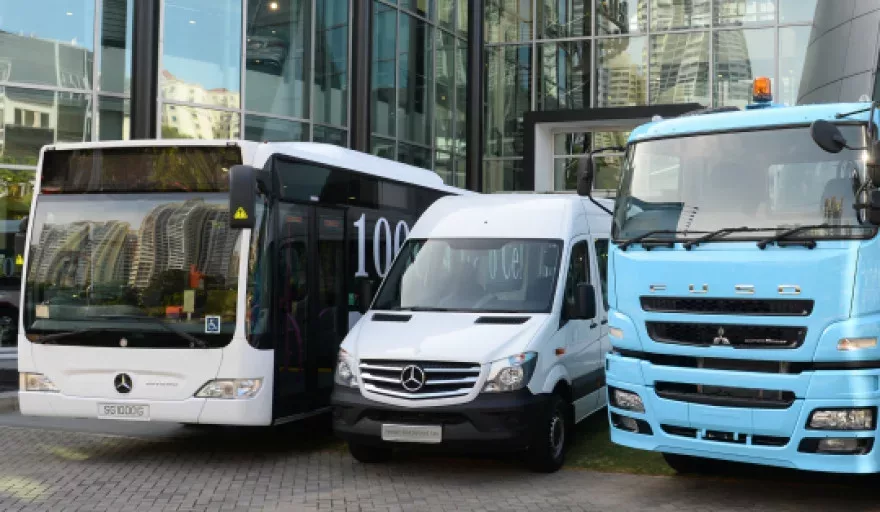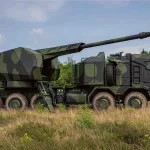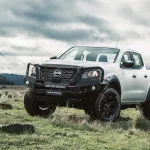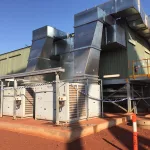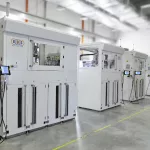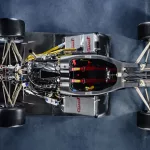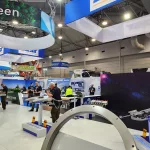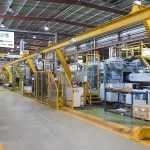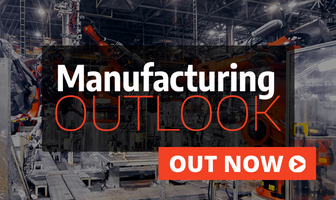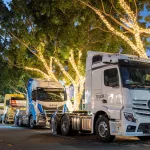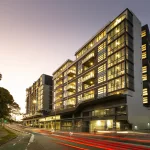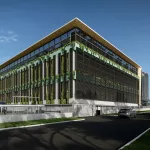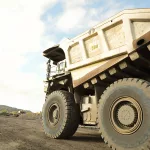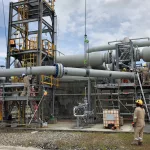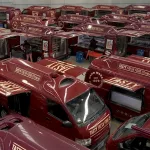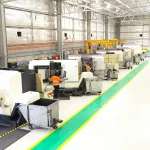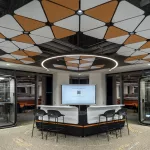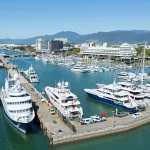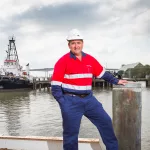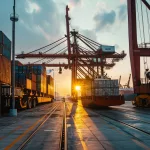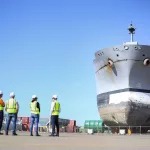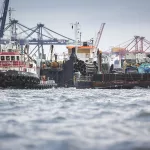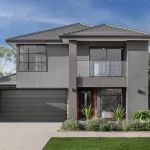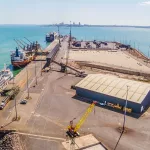Daimler has a long history in the Southeast Asia region with the Company’s renowned Mercedes-Benz brand having been present in the region since the 1950s. Similarly, the Fuso brand that has been owned by Daimler since 2004 has also been active in the region since the 1960s, and in the late 1990s, the first regional centre was established in Singapore to oversee Asia, as part of Daimler Group’s corporate strategy of enlarging its global footprint.
Now, with the increasing potential of the segment and the growth of the market, this logical move is set to have a dedicated structure focusing on commercial vehicles. For Daimler, this means the establishment of a regional centre for commercial vehicles and a complete regional function that manages both that segment and passenger cars.
The Singaporean regional centre is a huge milestone for the global automotive heavyweight whose presence in the area spans 18 countries, and Asia Outlook caught up with the Company’s Director of Daimler Regional Centre Commercial Vehicles in Southeast Asia, Kay-Wolf Ahlden to discuss the Company’s strategy on the continent, and the steps being taken to strengthen its position over there.
Q&A WITH KAY-WOLF AHLDEN, DAIMLER
Kay-Wolf Ahlden (KA): Since we entered the region, our focus has been on increasing presence and capturing growth potential. We know from experience that we best meet the needs of the markets/customers when we are present at the local/regional level rather than from a far-away “headquarters”. Having a comprehensive presence in the region makes us more nimble in responding to market shifts and demands and underscores our commitment to the ASEAN region and our belief in its potential. The opening of the Regional Centre is fully in line with this long-standing strategy.
How do Daimler Commercial Vehicles’ operations in the ASEAN market differ from its operations elsewhere in the world, if at all?
(KA): In recent years, there has been significant progress made in the integration of ASEAN as an economic community. Nevertheless it remains a very diverse region; while we have highly-developed and small markets such as Singapore and Brunei, there are future-growth markets such as Indonesia, Malaysia, Thailand and Vietnam. These markets have differing customer requirements and regulatory frameworks amongst others. For example, emission regulations vary greatly from Non-Euro in Laos, Euro 2 in Indonesia, Euro 3 in Thailand, and Euro 6 in Singapore, which is the same level as markets like Germany and Japan.
Also, future growth markets such as Indonesia and Vietnam require trucks that are robust and durable, have loading capacity and are easy to maintain. The trucks have to endure harsh environmental, infrastructural and operational conditions. And maintainability is key: If a truck stopped during its operation somewhere far from a workshop, the driver has to repair it him/herself, and even if there is a workshop nearby, they would still need to have a truck that can be easily fixed with the available parts and tools.
On the other hand, a matured market like Singapore requires safety, comfort, drivability and fuel efficiency. Such a wide range in market maturity and requirements is quite unique to the ASEAN region. To cater for the diversified needs and requirements, we offer a wide range of fitting products. Having a dedicated Regional Centre on the ground allows us to focus on delivering the best solution for each market.
To that end, what are the major trends in the region that you are having to cater for at present, and what do you feel is required to be successful in this market?
KA: To cater for the varietals, we, as Daimler Commercial Vehicles, have a wide range of products portfolio including FUSO’s light-duty and robust medium heavy-duty trucks to Mercedes-Benz’s premium trucks. We also have in our portfolio busses and vans. We think this approach can only be made possible by the world’s biggest commercial vehicle company with different brands and segments.
We are further expanding customer service capabilities and facilities in cooperation with our local business partners to support our local customers whenever and with whatever they need. Our well-trained and highly skilful mechanics and service staff take care of them.
What is needed for success; first and foremost, we have to know our customers and their needs, and secondly we can offer a wide range of products and quality customer service which will cater for the different needs in each market. We feel the well-combined offer will lead to our success in the region.
To further promote the idea, we have opened six new Regional Centres (RC) since last year around the world – RC Middle East and North Africa (MENA), RC Central, East and West Africa, RC Southern Africa, RC South Asia, RC Latin America and here, RC Southeast Asia – to get closer to our customers and to know them.
Central to your recent successes of course is the recently unveiled Regional Centre in Singapore so can you talk me through the logistics of the Centre, what it will facilitate and the wider significance of it?
KA: We sell in 18 markets by working with 15 distributors in the region. The presence in strategic markets is key for the success of Daimler Commercial Vehicles. ASEAN is a strategic region and this prompted our decision to establish the Regional Centre.
With the establishment of the ASEAN Economic Community (AEC) and the dynamism of the region, there are huge opportunities for commercial vehicles to contribute to an increase in goods transport and infrastructure projects. This can be endorsed by the fact that Intra-ASEAN FDI inflows and ASEAN’s trade are significantly increasing and ASEAN GDP has also been significantly increasing.
Having provided commercial vehicles in Southeast Asia for more than 40 years, can you provide me with a few statistics epitomising the manufacturing and sales volumes achieved, and how this compares with the Company’s other markets?
KA: Southeast Asia contributes significantly to Daimler’s global Commercial Vehicles business success; we sold more than 40,000 vehicles in 2015, accounting for five percent of global sales. This illustrates that our products and services have been well received in the region.
Our region has the largest number of KD operations in the Daimler world; currently with five facilities in the region including Malaysia, Indonesia, Vietnam and Taiwan, contributing to regional economies by producing vehicles, transferring production technology knowledge and hiring local employees.
Indonesia is Daimler’s biggest commercial vehicles market, with sales of about 32,000 units in 2015, although the market has seen a decline in the past years due to an economic downturn. Nevertheless, FUSO has held the biggest market share for more than 40 years.
We see the region growing in importance in the coming years on the development of the economies and further integration of AEC. In the future-growth countries in the region, demand for commercial vehicles will continue to increase and we are determined to participate in this growth.
How do you foresee the market developing moving forward and what are Daimler’s main goals and targets in capitalising on such opportunities?
KA: The region as a whole is a strategic one for Daimler. It has a population of approximately 625 million people, 8.8 percent of the world’s population, with increasing economic integration and governments that are investing in infrastructure and development. We are confident of its potential and determined to contribute and participate in its growth.
Our main goal and target is to further increase our global presence as we have done, this time, through the proximity realised by the opening of the Regional Centres to capture dynamic growth opportunities with a wide range of products and proven customer services. We believe that with this strategy, we will continue to be the leading commercial vehicles provider in the world.

